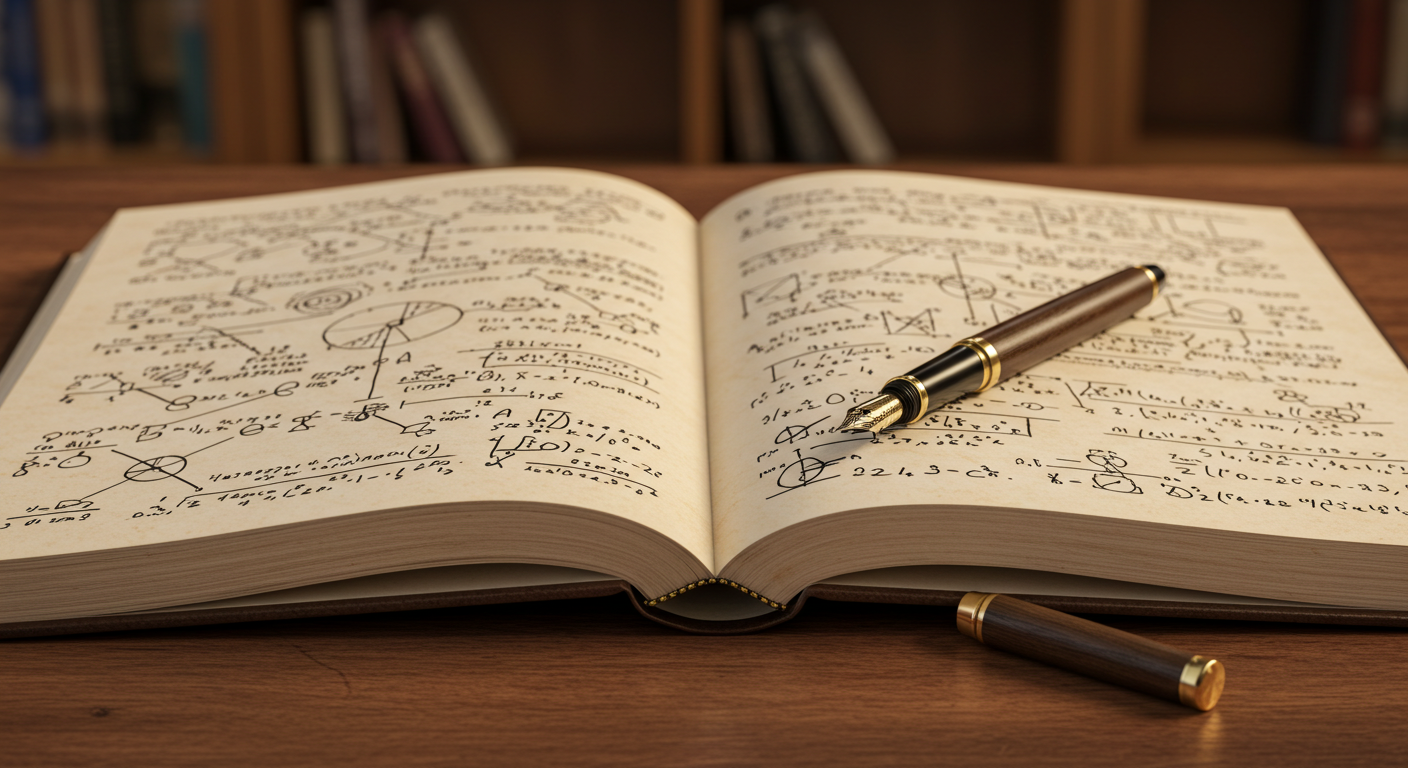Hangul, the Korean writing system, has a unique structure that is different from languages like Japanese. While Japanese uses characters like Hiragana and Katakana that correspond to single sounds, Hangul characters are syllabic blocks, where each block represents a syllable. This can sometimes make it challenging to match the pronunciation with the written form, especially for learners who are more familiar with one-character-one-sound alphabets.
How Hangul Works: The Syllabic Block Structure
Hangul is a phonetically based writing system, and each character or symbol represents a sound. Unlike the Japanese Hiragana or Katakana, which have one character for each sound, Hangul characters are made up of blocks that consist of at least one consonant and one vowel. A syllabic block in Hangul can contain an initial consonant, a vowel, and sometimes a final consonant. This is why Hangul may appear like a combination of smaller characters, each of which contributes to the overall pronunciation.
The Structure of Each Hangul Syllabic Block
The structure of a Hangul block can be broken down as follows:
- Initial consonant (Choseong): This is the first consonant in the syllable block.
- Vowel (Jungseong): This is the middle part of the syllable block, usually a vowel sound.
- Final consonant (Jongseong): This is an optional consonant that can be added at the end of the block, completing the syllable.
For example, the syllable block ‘한’ (Han) consists of the initial consonant ‘ㅎ’ (h), the vowel ‘ㅏ’ (a), and the final consonant ‘ㄴ’ (n).
How Korean Words are Formed
In Korean, words are formed by combining these syllabic blocks. A word might consist of one block or many, depending on the word’s length. This makes it easy to see how the written language corresponds to the spoken language once you understand how to read each block. For example, the common Korean greeting ‘안녕하세요’ (Annyeonghaseyo) can be broken down into syllabic blocks: ‘안’ (an), ‘녕’ (nyeong), ‘하’ (ha), ‘세’ (se), ‘요’ (yo).
Common Misunderstandings: The ‘Sounding Like’ Confusion
It’s easy to mistake how Hangul sounds and how it’s written, especially for learners who are more accustomed to languages where each character corresponds to a single sound, like Japanese Hiragana. The confusion about words like ‘마시쏘요’ (Mashisseoyo) can occur when you try to align it with Japanese-style reading patterns. In fact, the pronunciation follows specific rules, which can sometimes be tricky without fully understanding the syllabic blocks.
Summary: Tips for Understanding Hangul’s Structure
To effectively learn Hangul, it’s important to grasp the concept of syllabic blocks and how they combine to form words. By understanding how each part of the block functions, you can begin to associate written Hangul with its pronunciation more easily. This approach to learning will help you better understand the logic behind the Korean writing system and make reading and writing more intuitive as you progress in your studies.



コメント